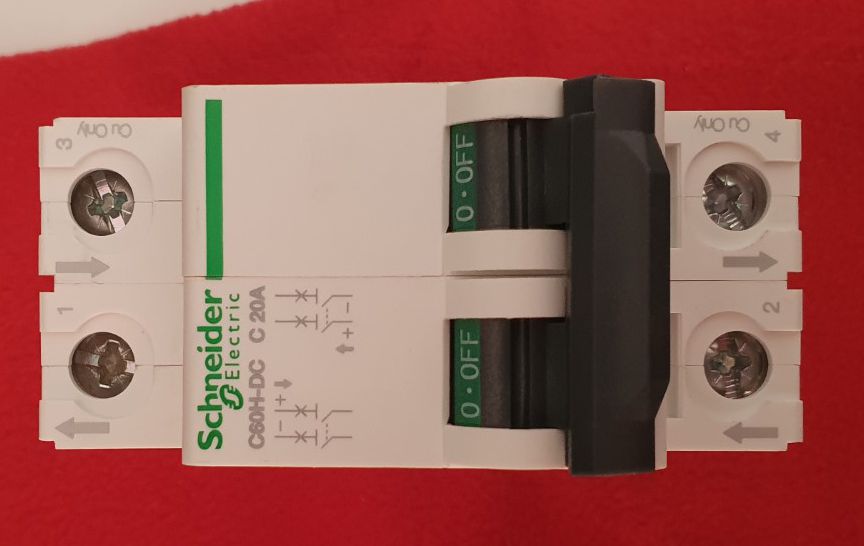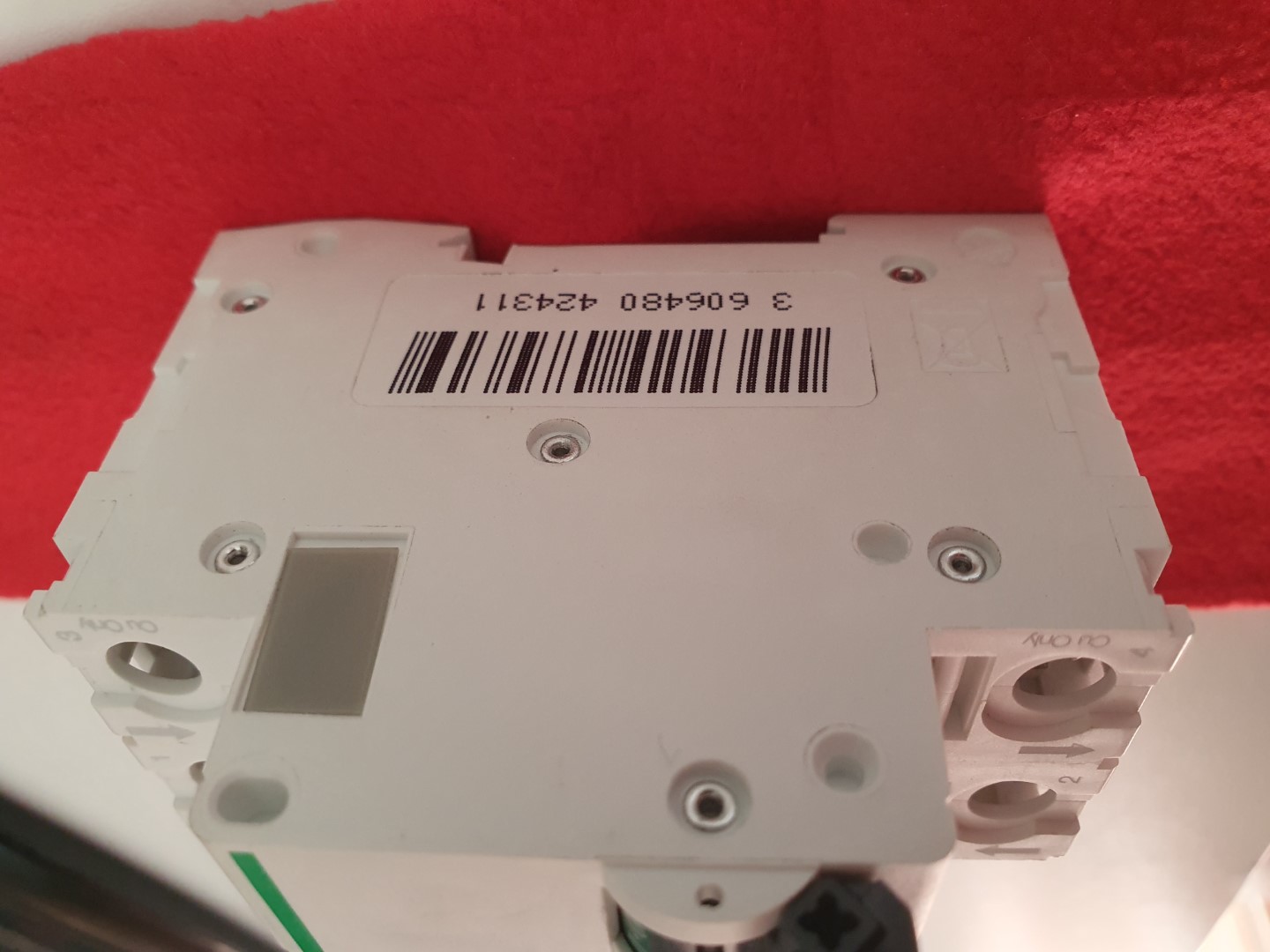Hi All
This might be an odd question but I have recently seen several videos of what happens when polarized DC circuit breakers are not wired correctly as far as polarity goes i.e. up in flames when tripped and trying to extinguish a reverse DC arc.
This made me wonder, even if wired correctly and there is reverse current flow due to system design and fault condition these MCB's can still be a fire hazard.
So now my question is, what type of protection does a Victron SmartSolar MPPT have to ensure a reverse current situation at night when there is no PV power can't occur from the battery. Is it highly unlikely for reverse current flow from "MPPT battery out" to "PV in" under fault condition if everything is wired correctly? And is it safe to use polarized DC breakers if wired correctly with PV as the source? I am having a really hard time finding stock of non-polarized DC breakers so pretty much forced to use polarity sensitive.
I noticed this thread where others had issues with measured PV voltages at night and it has me a bit concerned...



